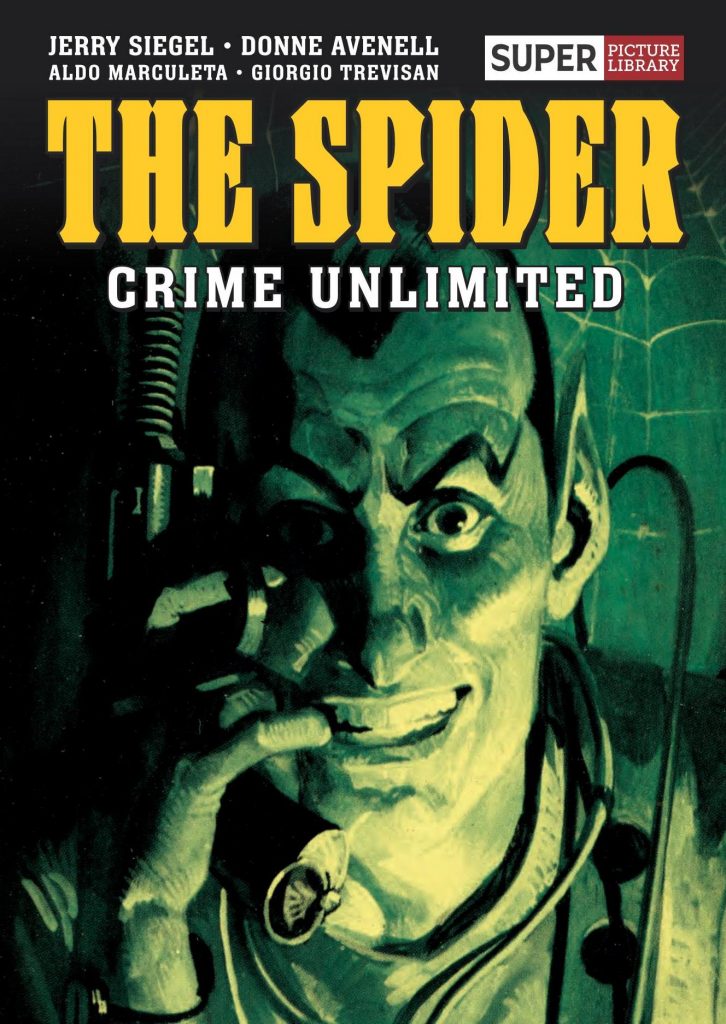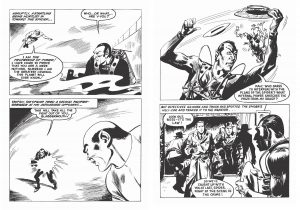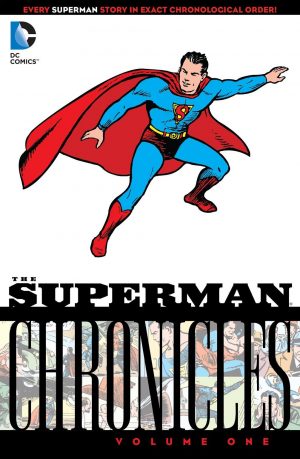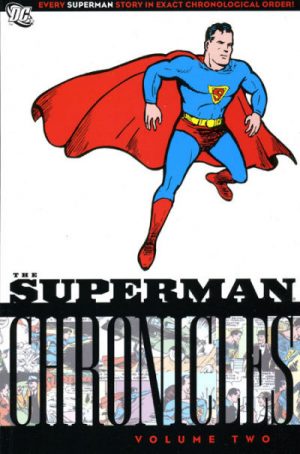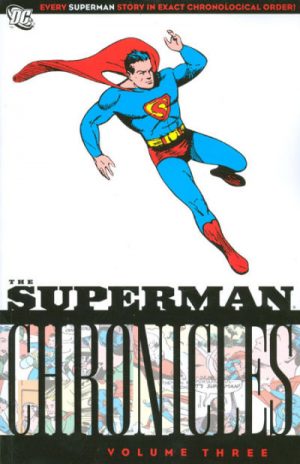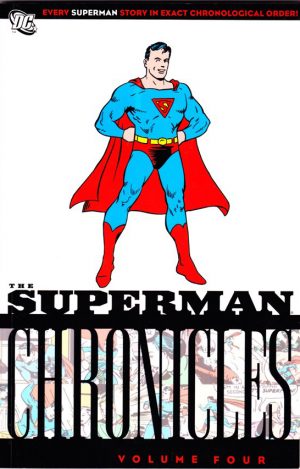Review by Frank Plowright
The Spider is an especially resourceful criminal set on becoming the best the world has seen. He employs fantastic technology, generally designed by the crooked Professor Pelham, and also numbers an explosives expert among his crew. Popularity in the pages of Lion comic during the mid-1960s led to a series of outings in the digest comics also issued by publishers Fleetway, and it’s these reprinted in Crime Unlimited.
Regular series writer Jerry Siegel – yes, that Jerry Siegel – takes on the first story in the company of artist Aldo Marculeta. While never short of ego and pomposity, the Spider here is a maniac who beats his henchmen while spouting off about his invincibility, only prevented from drowning one via a prolonged bout of flattery from the Professor. The painted cover portraits to issues of the Fleetway Super Library promised a sophistication beyond the usual comic strip, but this encounter with the Professor of Power has all the hallmarks of Siegel’s dispiriting 1960s American comics. In the regular series Reg Bunn’s monumental talent provided a veneer absent here, disguising the slapdash nature of some scripts, but when drawn by an artist seemingly working very rapidly and unconcerned about decoration, the paucity of imagination is apparent. The Spider stumbles from one encounter to the next in repetitive sequences that read as if even Siegel has no idea where things are heading.
Newspaper strip writer Donne Avenell writes the title story featuring another formidable crooked opponent for the Spider, Mr Mass owner of a machine able to draw gold and jewellery for miles through the air in the opening chapter. There’s a slight camp quality and considerable resorting to convenience and coincidence, but it also gives the impression of being begun with a general direction in mind, and Avenell includes some neat touches. One is the Spider adjusting Mr Mass’ machine to attract uranium and the consequences of that. Avenell also tones down the Spider’s ego, and supplies an inventive fantastic threat for each of the four chapters rather than swerving all over the place.
Giorgio Trevisan thankfully makes a little more effort than Marculeta with the art, supplying a kinetic energy reminiscent of 1960s American artist Jack Sparling’s heavy-handed inking. There’s some personality in his expressions and he picks up on the humour in Avenell’s script.
The early Spider strips provided in The Spider’s Syndicate of Crime still supply a considerable level of enjoyment, but while the second strip has its moments, there’s no comparison. The Spider appeared in several further digests, so let’s hope for improvement if they’re ever reprinted.
